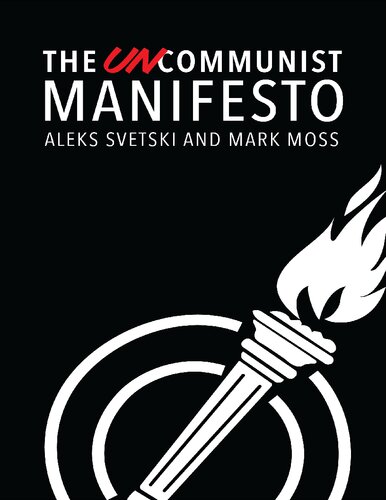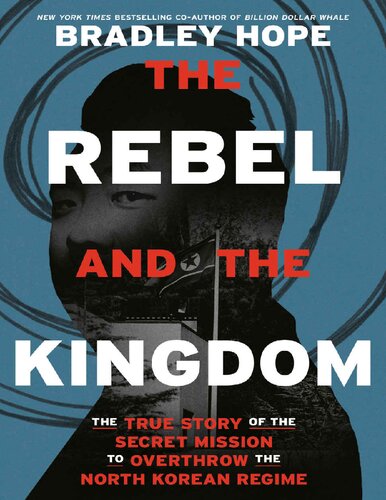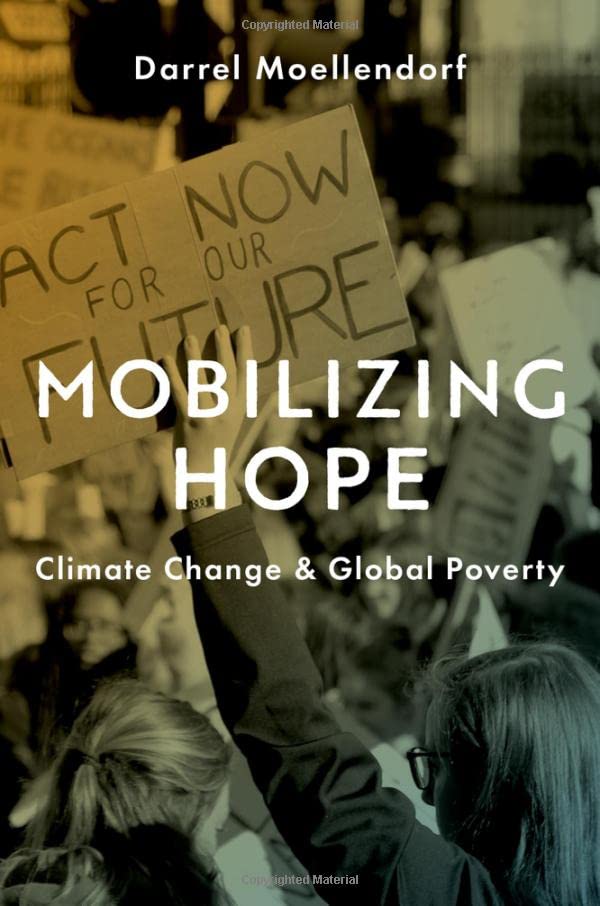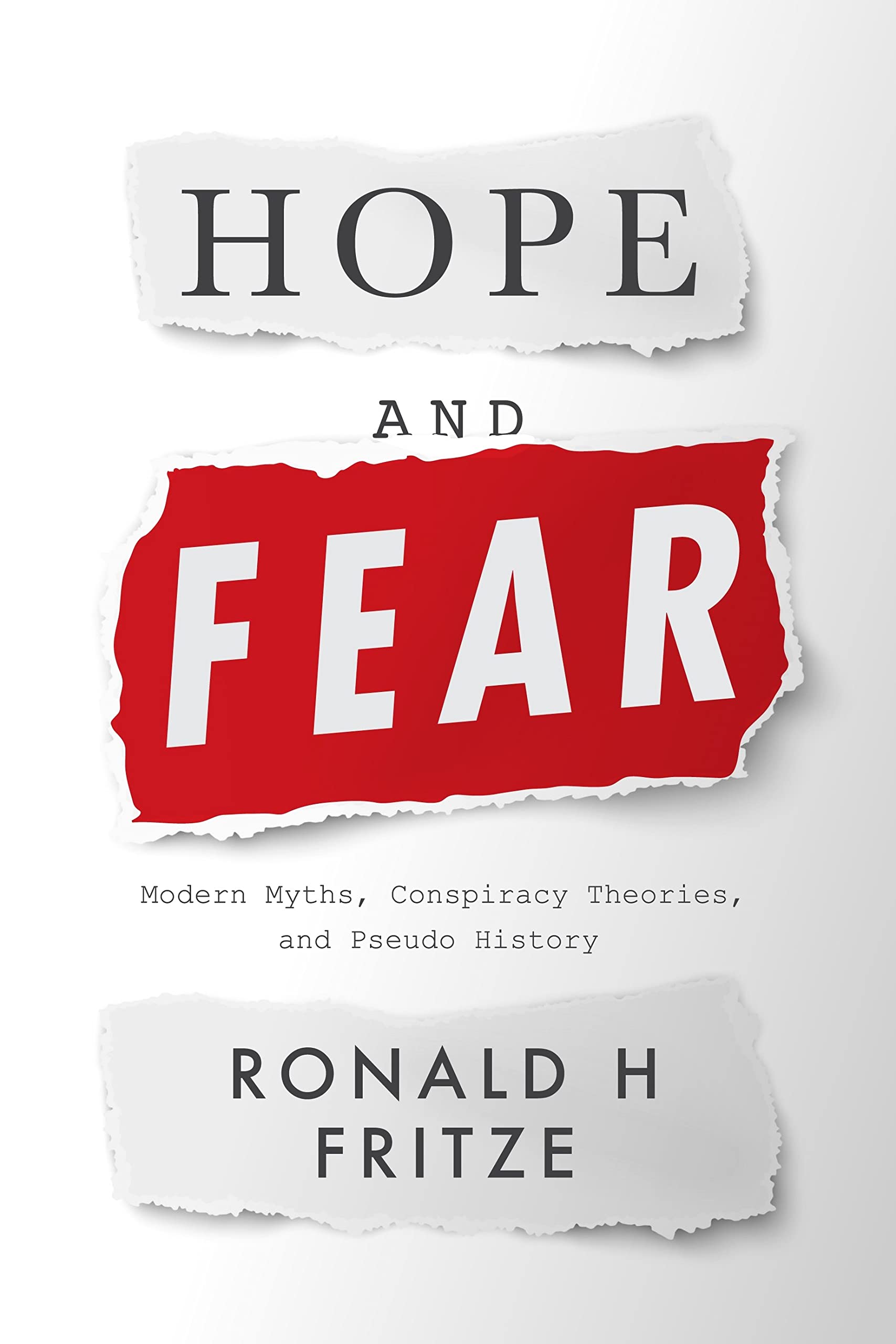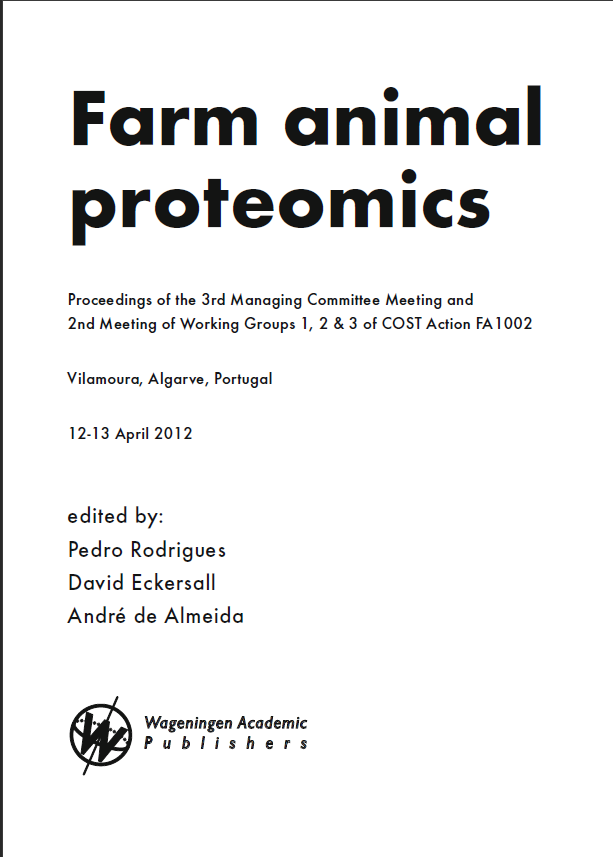موضوعات
آموزش و پرورش
ادبیات و زبان
پزشکی، دندانپزشکی و داروسازی
تاریخ و جغرافیا
داستان و رمان
دیگر
دین و فلسفه
روانشناسی
ریاضیات و آمار
سلامتی، تناسب اندام و رژیم غذایی
شیمی و پلیمر
علوم اجتماعی و حقوق
علوم زیستی و بیوتکنولوژی
فیزیک و نجوم
کامپیوتر و اینترنت
کتابهای کودکان و داستان
کسب و کار و اقتصاد
کشاورزی و دامپزشکی و غذا
معماری
مهندسی و فناوری
هنر و تئاتر
محصولات
Cognizance of Schizophrenia:: A Profound Insight into the Psyche - Original PDF
نویسندگان: خلاصه: Broadens your scope for neuroimaging, pharmacogenomics, and implications Reinforces basic principles and invaluable current information for researchers, psychiatric practitioners, and students Maximizes reader insights into future directions in research and developing new effective approachesThe UnCommunist Manifesto : A Message of Hope, Responsibility and Liberty for All. - Original PDF
نویسندگان: خلاصه: Humanity is at a crossroads. Never have we had so much potential to do good in the world or literally transform our civilization into transnational gulags. Almost 175 Years have passed since the Communist Manifesto was written and circulated by Marx and Engels. Some statistics point to it being one of the most widely read and distributed works of political science and economics, despite the core ideology that has led to hundreds of millions of murders worldwide at the hands of those who fervently 'believed' and 'reformed' society by its decrees. It's about time something was written to help challenge and potentially unwind some of the moral, intellectual, social, and economic damage done since. Why is it that an idea with a consistent failure rate draws more young people to it than ever before? What is it about the original book that's so infectious that it continues to influence people around the world almost two centuries later? What elements of the original text are accurate observations, and what conclusions are drawn ignorant of human psychology and praxeology that lead to devastating consequences? We wrote The UnCommunist Manifesto to answer these questions and much more. We emulated the format and length of the Communist Manifesto, so it is a sharp, concise and lucid read, but the message contained is a reminder for people to reach upward and become better versions of themselves instead of renouncing individual responsibility by classifying themselves into static groups and intellectually validating their desire to bring others down to their level. One goal was to change the axis of the “struggle.” Marx and Engels outlined it as “a struggle between two classes’, whom an individual is arbitrarily assigned to based on their material wealth. We reject this and assert that the real struggle is between individual autonomy, sovereignty, and responsibility versus the collectivist tendency toward group identity politics, rights, entitlements, and co-dependencies. Between cooperation and coercion. It always has been. We hope to see it used as an inspirational text in the years ahead as Individuals seek to maintain autonomy and claim sovereignty while the collective seeks to coerce. Our longer-term hope is that this text can be a beacon of hope, sanity, and sense in a world being swallowed up by the envy inherently justified by Marxist doctrine. Humanity is at a crossroads. Never have we had so much potential to do good in the world or literally transform our civilization into transnational gulags. The siren call of Marxist entropy is stronger than ever. The greatness and sanctity of the individual and the soul must counter it. May this book be not just an answer to the misguided, nihilistic, and often dangerous ideology that is Marxism, but a message of hope, responsibility, and liberty for all. This is the first edition, and we hope that you find deep meaning within it. Aleks Svetski & Mark MossMaking Space for Justice: Social Movements, Collective Imagination, and Political Hope - Original PDF
نویسندگان: خلاصه: From nineteenth-century abolitionism to Black Lives Matter today, progressive social movements have been at the forefront of social change. Yet it is seldom recognized that such movements have not only engaged in political action but also posed crucial philosophical questions about the meaning of justice and about how the demands of justice can be met. Michele Moody-Adams argues that anyone who is concerned with the theory or the practice of justice―or both―must ask what can be learned from social movements. Drawing on a range of compelling examples, she explores what they have shown about the nature of justice as well as what it takes to create space for justice in the world. Moody-Adams considers progressive social movements as wellsprings of moral inquiry and as agents of social change, drawing out key philosophical and practical principles. Social justice demands humane regard for others, combining compassionate concern and robust respect. Successful movements have drawn on the transformative power of imagination, strengthening the motivation to pursue justice and to create the political institutions and social policies that can sustain it by inspiring political hope. Making Space for Justice contends that the insights arising from social movements are critical to bridging the gap between discerning theory and effective practice―and should be transformative for political thought as well as for political activism.The Rebel and the Kingdom: The True Story of the Secret Mission to Overthrow the North Korean Regime - PDF
نویسندگان: خلاصه: Once his family had moved north to San Diego, Adrian had spent most of his life in Chula Vista just to the city’s south. The area had a distinctly low-key vibe: palm trees, strip malls, and the beach. Adrian had a high-octane personality, but he would occasionally let his SoCal origins slip through, talking in the laid-back, overly familiar manner of a Chula Vista “bro.” “Ah, the glorious life of a bachelor,” he wrote on his Xanga page one afternoon while at Yale. “Sitting on a couch watching dvds alone, eating out of a can sigh.” Those around Adrian back then recall a confidence about him that was offset by a strong sense of empathy. Fellow students would remember for years his ability to notice one person whose voice was being drowned out by louder students, taking them aside afterward and letting them know he heard what they were trying to say. And even from a young age, Adrian had seemed to hunger for something bigger than the chilled-out suburb he called home. Together with his best friend in high school, who would go on to become a key member of Adrian’s clandestine work, he’d speak with fervor about civil rights leaders like Martin Luther King Jr.Mobilizing Hope: Climate Change and Global Poverty - Original PDF
نویسندگان: خلاصه: The global climate crisis and other pressures on planetary ecology cause profound anxieties for humanity. Climate change threatens to trap hundreds of millions of people in dire poverty-widening the gap in an already deeply divided economy. However, a new generation of activists is offering inspiration, raising hopes in a seemingly hopeless situation. In Mobilizing Hope: Climate Change and Global Poverty, Darrel Moellendorf discusses climate change, global poverty, justice, and the importance of political responses, both internationally and domestically, that offer hope. While there are reasons to worry that the era of pervasive human planetary impact, the Anthropocene, could produce terrible global injustices and massive environmental destruction, that need not be so. Moellendorf contends that the work of bringing about a world united in creating sustainable solutions to environmental crises, that values the Earth's natural wonders, and actualizes a vision of economic justice, is the work of mobilizing hope.Hope and Fear: Modern Myths, Conspiracy Theories and Pseudo History - Original PDF
نویسندگان: خلاصه: Description: A myth-busting journey through the twilight world of fringe ideas and alternative facts. Is a secret and corrupt Illuminati conspiring to control world affairs and bring about a New World Order? Was Donald Trump a victim of massive voter fraud? Is Elizabeth II a shapeshifting reptilian alien? Who is doing all this plotting? In Hope and Fear, Ronald H. Fritze explores the fringe ideas and conspiracy theories people have turned to in order to make sense of the world around them, from myths about the Knights Templar and the Ten Lost Tribes of Israel, to Nazis and the occult, the Protocols of Zion and UFOs. As Fritze reveals, when conspiracy theories, myths, and pseudo-history dominate a society’s thinking, facts, reality, and truth fall by the wayside.Dread and Hope: Christian Eschatology and Pop Culture - Original PDF
نویسندگان: خلاصه: Description: Christianity was born in the midst of great expectation and fear about the world’s future. The existing Jewish paradigm of the coming Messiah, his antithesis, and the initiation of the coming age set the stage for Christian beliefs about the end of the current age. However, the unexpected death and resurrection of Jesus caused that paradigm to be reformed within the burgeoning Christian faith, reshaping hopes, and reworking old patterns. Dread and Hope explores the ways in which those old paradigms were challenged by Jesus’s death and resurrection, how the resulting eschatological landscape was understood within Christianity, and how modern popular culture has consumed and modified various components of Christian Hope. Joshua Wise examines how the central Christian eschatological themes such as the Antichrist, the Great Persecution, Heaven, and Hell have both been transformed and preserved in novels, television, films, and video games. Drawing on works such as 1984, Diablo, The Stand, What Dreams May Come, and the Fallout series, Dread and Hope considers how the human fears and desires shaped by Christian beliefs are expressed in popular culture.Hope Behind Bars: Notes from Indian Prisons - Original PDF
نویسندگان: خلاصه: prisons – the perils of freedom versus infinite detention. Focus is also brought to a lightly documented category of persons – the children of prisoners – in chapter ten by K. R. Raja, who highlights their secondary vulnerabilities and invisible suffering. A prison is a world of its own, where residents live without the support systems that those on the outside take for granted. Prisoners hope and will each day to be their last in confinement. We believe that the stories in Hope Behind Bars provide insight into lives less ordinary.آیا کتاب مورد نظر هنوز بر روی سایت قرار نگرفته است؟ جای نگرانی نیست! کافی است بر روی گزینه سفارش کتاب کلیک کرده و درخواست خود را ثبت کنید. در کمتر از چند ساعت کتاب شما را آماده خواهیم کرد.


